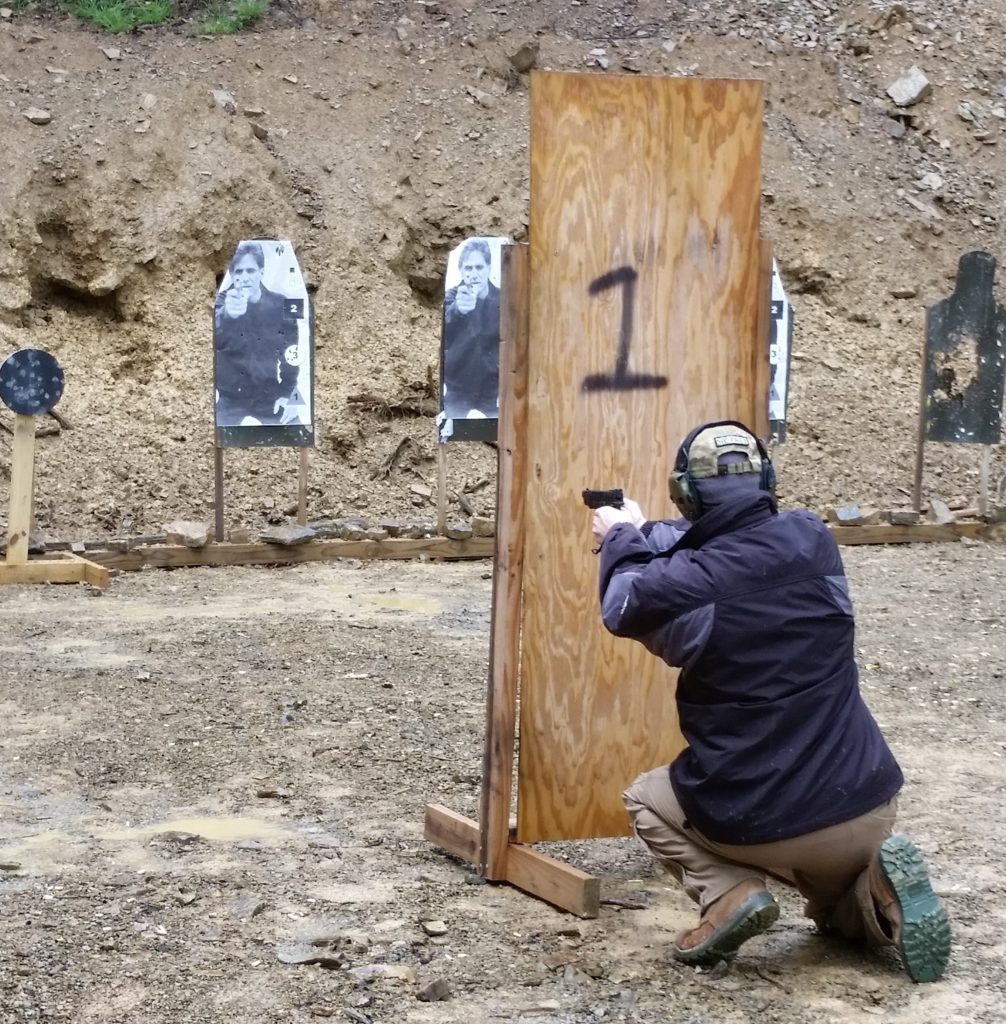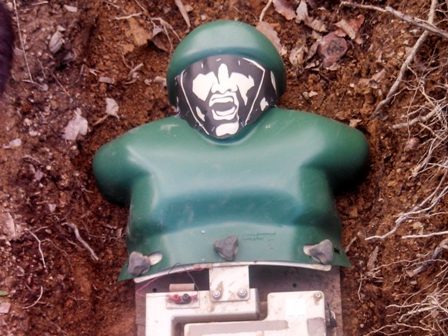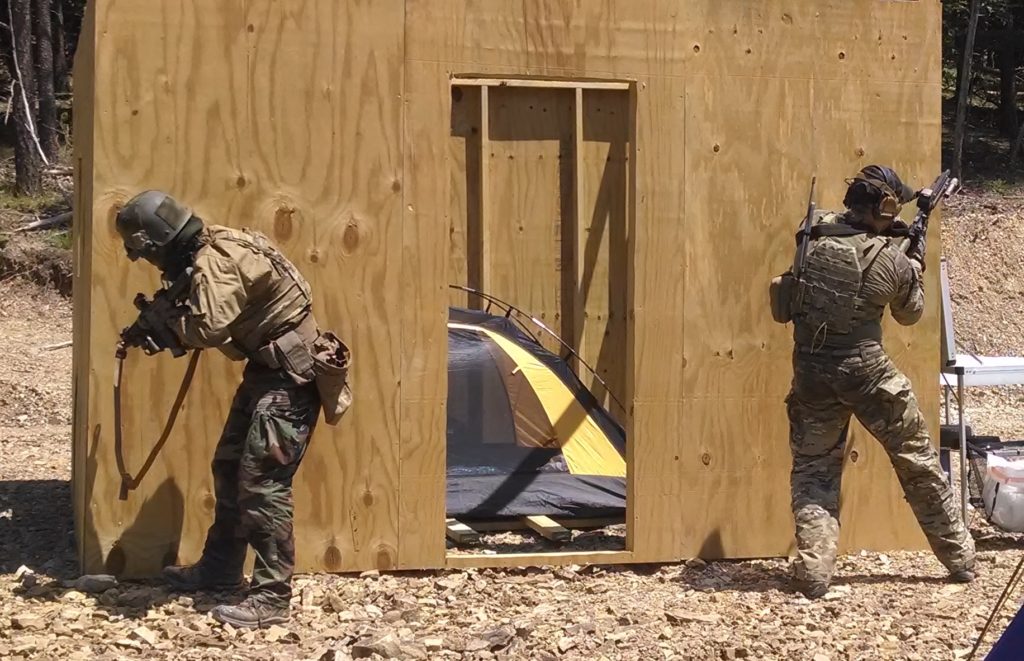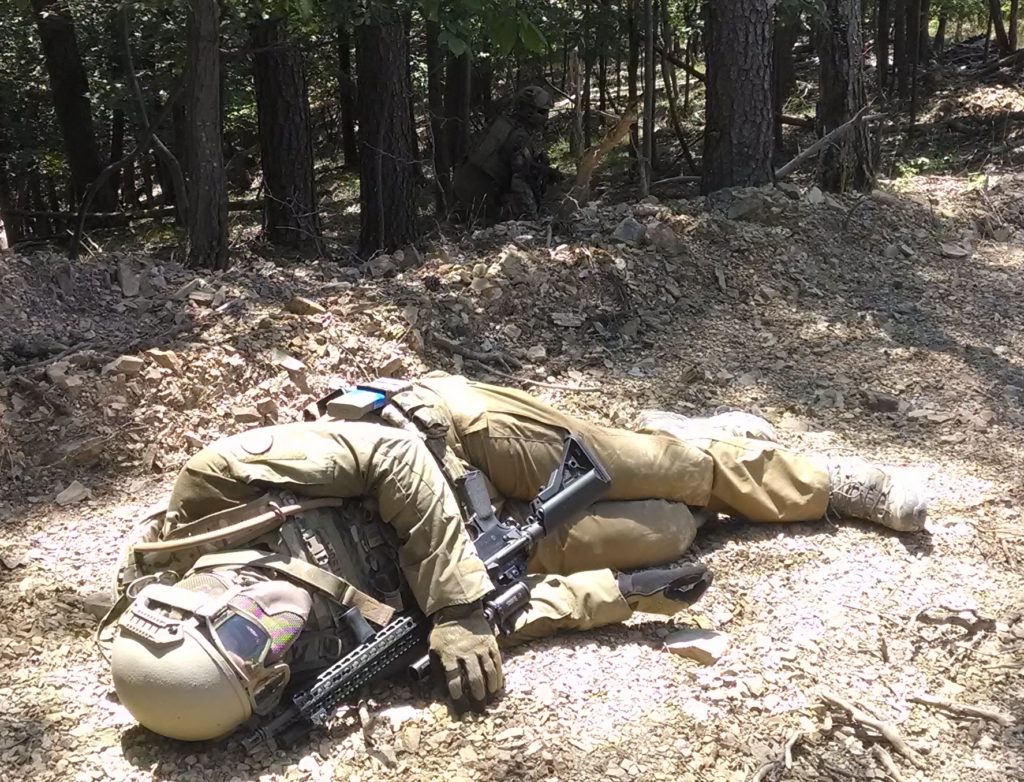Holistic Tactical Preparedness
What will the Apocalypse look like?
When will the collapse start?
Did it already start? Are we in the “slow slide” already?
What threats do I face now, and will I face in the future?
At the Mall, I won’t have my rifle. What do I do if there is an active shooter?
How do I keep my family safe?
Hmmm.
What purpose ‘tactical fantasy band camp?’
What are we training for, and are we training for the right thing?
At Max Velocity Tactical we offer a progression of classes. On April 4th 2016 I wrote a post titled ‘Gear System: Philosophy, Set Up, Use, Fitness & Mindset.’ The purpose there was multiple, and it included some explanation for people to better understand the ‘how’ and ‘why’ context of putting together a gear system, and also a desire to make it relevant to realistic threats and adaptable to situations as they unfolded and escalated.
CLASS LIST
Because yes, I agree with much of what you hear out there about ‘tactical fantasy band camp.’ That may come as a surprise to some, who in their ignorance don’t understand what we are doing at MVT, but we do not run MVT training as a ‘fantasy band camp’ where we are having you run around pointlessly on stuff that you may have very little expectation of using. Training and gear advice is a progression from classes that prepare you for the everyday threat NOW, to more advanced ones that prepare you for patrolling and unconventional warfare and such, but which circle back and improve your overall ability at the basics. But there is much that people misunderstand about the purpose of a class such as (the prime example) Combat Team Tactics (CTT), and I will cover that shortly, but first here is a quote from that post on Gear System:
Basics:
- Day to day you are probably concealed carrying a handgun. Thus you have options to run a handgun set up, either concealed or overt, on your pants belt.
- If you have an immediate emergency situation your go-to in this situation is your handgun.
- If you have time / access (due to planning) you then have the option of grabbing your rifle.
(This is why we run an Active Shooter CCW class, to prepare you for the everyday basics).
- When you grab your rifle, you need the ability to feed it rifle ammo, which is not contained on your everyday carry belt.
- Your option to carry rifle magazines should be some combination of chest rig (CR) / plate carrier (PC). I am a big fan of ballistic plates, of the ceramic type, because I don’t like the idea of high velocity round(s) into my torso. Key factor here again – physical training (PT) – more later.
- Note that the Lite BB concept does not work well in this emergency every day scenario, simply due to the logistical factor of getting a Lite BB on over an already existing pants-belt EDC handgun load. Thus you skip the Lite BB in this situation, and go straight to the CR/PC rifle option.
- Don’t try and carry too much on your CR/PC / Lite BB combination: this is where the lite daypack concept comes in. More later.
- You want to avoid a situation where your gear concept involves a full battle belt, a full chest rig, and a plate carrier, all with big chunky straps, and with too much gear all up. The Lite Battle Belt is deliberately a fairly light piece of equipment, with the CR/PC being the main support item for your rifle. Sustainment and admin items then go in some kind of patrol pack, sized for the situation (more below).
The purpose of the above extract is to go some way towards helping people understand the escalation of situation and how that relates to preparing their gear, and of course their training and PT. There is far more detail in the actual post if you care to read it. Please also don’t make the mistake of thinking this is all about gear, as many do, but rather it is about having the gear to support skills and capabilities, not the other way round.
But there is much that is missing here. Combat Team Tactics (CTT) is effectively the ‘basic training’ at MVT and is designed for various reasons to include some of the following:
- Operant conditioning (i.e. Individual React to Contact (RTR) drills) to improve individual and team aggressive reaction to sudden threats and reduce the potential for freeze.
- Drills (fire and movement, towards or away from the enemy) that will help either as an individual or team further break the freeze and help with survival chances resulting from a hostile encounter.
- Scanning and awareness to help reduce tunnel vision in a high threat situations. This focuses on rifle but this awareness is applicable across to our everyday concealed carry lives.
- Understanding of real combat safety, weapon carriage and movement, and how to move about in a hostile / kinetic environment.
- ‘Battle inoculation’ to the noise, confusion and stress of a combat environment, to the best of our ability without having someone shoot at you! Oops, tell a lie, now we actually do that, with Force on Force Team Tactics!
Bottom line, we are doing our best to help you survive a violent combat encounter, whatever the specifics. CTT starts with one day on the flat range (or includes an optional Rifle Skills pre-day, to make two days initially on the flat range), focusing primarily on understanding combat safety and individual weapon manipulation and reaction skills and drills, and then moves to two days on the tactical ranges working as buddy pairs and teams. The tactical ranges include the use of electronic pop-up ‘Ivan’ targets to create reactive scenarios, and also the use of stick-in ‘Ivans’ to tune the finer points of fire and movement and team tactics.
These posts may help with some explanation of the above, and the absolute imperative need for it if you are going to have any chance in a gunfight:
‘Gunfight Safety: How to not kill your Team/Family Members.’
‘Combat Safety: The Importance of ‘Short Bounds.”
‘First Sergeant Sends: You, Your Rifle and Ivan.’
So in this sense, anyone that tries to tell you that attending a CTT class is a ‘tactical fantasy camp’ is displaying their ignorance. This is particularly true if you also take the time to attend an Active Shooter CCW Class, which will tie in those skills learned with a rifle to the specific deployment of your everyday carry handgun in a sudden hostile situation. The next Active Shooter CCW class is August 20 -21, and there is space.
This post, ‘Training, and how it relates to the Four Stages of Competence,’ goes some way to explain why some people will disparage training, and not see the need for it.
So yes, you can come and do CTT and progress from there, but we also offer classes that many choose to skip, because they somehow feel that their skills are already at a higher level, for what reason I do not know. These classes include the 2 day Active Shooter CCW (concealed handgun fighting class) and the 2 day Combat Rifle Skills. Both classes are based on the flat range but are dynamic and very educational for the beginner and more advanced shooter alike. You cannot train enough.
So I think with some individuals out there, the training progression is misunderstood. I don’t expect the Chinese to be parachuting in over my house tonight. But I want to prepare you for threats with a holistic approach to training. Because the flip side of this is that if you don’t consider it possible that there is a chance of a collapse in some form, that may result in anything from Balkanization, Rhodesia, or a total zombie apocalypse, then you are living in a sad state of normalcy bias. The list of potential threats is a continuum, from what may happen exiting the movie theater tonight, to when that cyber attack turns the lights off. If you are armed with a handgun or rifle, and find yourself in an active shooter terrorist situation, which appear to be becoming more common, why would you not think that the lessons from CTT on cover and concealment, fire and movement, individual movement techniques, awareness, scanning etc are not relevant to you and your family having a chance of surviving?
The other amusing thing that is misunderstood is the fact that training takes place in the woods and fields. It’s probably because not many training establishments can afford to train you with live fire in suburban neighborhoods! But the Tactics Techniques and Procedures (TTP’s) are the same, just adapted to the particular environment. It’s all about good solid basics, brilliance in the basics, and don’t let anyone tell you otherwise. We are not in the woods because we want to train you to only operate in the woods. What a silly notion. So what of Combat Patrol (CP) Class? Is that just fantasy band camp? Rural patrolling? I don’t think the unconventional warfare tactics taught, such as basic patrolling skills, recce, ambush and raid, are, but the further point is that this is MORE training, in greater depth, leading to better understanding, and thus this simply adds to your experience set, which filters all the way back down to your everyday concealed carry situation. This will help if caught out as an individual, or with the benefit of team of any sort, including close family. I remember a student telling me specifically how attendance at the CTT and Patrol Classes had widened his awareness when conducting everyday concealed carry.
Because you live in a house, and may have to fight in or around them, we also have CQB/urban aspects to the classes and we are developing our training facilities to account for this. Still in the woods, of course (!). These CQB sites are utilized in both the Force On Force Team Tactics Class, as an additional dimension, and also specifically in the UTM CQB classes we have started. You may not be aware, but there is no CTT prerequisite for showing up to the FoF or CQB classes, because safety is not such a factor with it being run with UTM Man Marker ammunition. Thus, if you feel you are up to it, you can simply show up and ‘challenge the curriculum’ by coming on a FoF weekend, with the CQB training an optional add-on. This approach is also designed to attract those who are put off from the CTT class due to ignorance about the safety procedures in place at MVT, usually due to training experiences at events such as ‘3 Gun’ where correct combat safety is not understood (Yelling: “You are breaking the 180!”). So if you think that at MVT on the CTT classes, there is just a bunch of yahoos running around the woods firing live rounds in random directions, then you can come to a FoF class, learn the error of that, and not be worried about live fire. You will get shot though, everyone does!
So yes, I do agree that there is a mistake in focusing solely on absolute worst case Zombie Apocalypse situations. I believe that training needs to be a holistic progression to allow it to be adapted to the situation you find yourself in, and the threat continuum. It would be crazy to train on some sort of rural patrolling class, fully geared and camo’d up, and then never carry concealed, or be trained and competent to do so, in your everyday life. Because when the situation first kicks off, it is likely that you and your family will be caught out perhaps just with concealed handguns and will have to get to a place of safety where you may then have the chance of donning other gear and long rifles. On the flip side, you are doing yourself and your family a huge disservice to only focus on concealed handgun, and not train as best you can with classes on team tactics and rifle combat, in case you do survive to a worsening situation where this becomes relevant.
The Force on Force classes are simply excellent. They put it all together in a simulated environment where there are other people out there trying to ‘kill’ you. This is where all your bluff about taking cover and all that gets blown open. These classes really sharpen your individual and team skills. They also force to to THINK in an immersive scenario situation. There is no time or scope there for over-analyzing or doing endless research, because you are in the situation and you are forced to act. There are real enemy out there and you are each trying to get inside the other’s OODA loop. Maneuver, counter maneuver, fighting in the woods and buildings.
Blog Post June 28: ‘Making Decisions.‘




